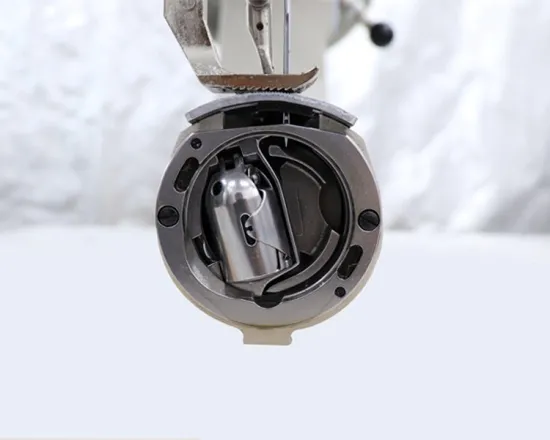Can Any Sewing Machine Use a Twin Needle for Unique Stitching Options
Can I Use a Twin Needle on Any Sewing Machine?
Sewing can seem like an intimidating craft, especially with the variety of tools and techniques available. One common question that arises is whether a twin needle can be used on any sewing machine. In this article, we’ll explore twin needles, their uses, and which machines they are compatible with.
Understanding Twin Needles
A twin needle is a specialized sewing needle that features two needles attached to a single shank. This unique design allows for two lines of stitching to be made simultaneously, creating decorative effects on fabric. Twin needles come in various sizes and styles, making them versatile for different sewing projects. They are particularly popular for hems, pintucks, and adding decorative details to garments.
Compatibility with Sewing Machines
Not all sewing machines are built the same. When it comes to using a twin needle, compatibility is a crucial factor. Here are some key considerations
1. Machine Type Most modern sewing machines are compatible with twin needles, but it’s best to consult the user manual or manufacturer’s specifications. If you have a vintage or very basic machine, compatibility may be limited.
2. Needle Attachment System Check if your sewing machine can accommodate a twin needle. Many machines have a clamp that holds the needle securely in place. Ensure that this clamp can hold a twin needle, as some machines may require additional attachments or modifications.
3. Sewing Machine Stitch Type Twin needles are primarily used for straight stitching and zigzag stitching. If your machine can only perform basic stitches, it may not provide the needed functionality for effective twin needle sewing. Look for machines that support multiple stitch types.
4. Presser Foot Compatibility Using a twin needle requires a special presser foot that can handle the extra width between the needles. Standard presser feet may not allow enough room for twin needle sewing. Make sure to check compatibility or acquire a twin needle presser foot.
5. End Needle Size Twin needles come in various sizes, indicated by the number of millimeters in the needle’s width. Using a needle that’s too large for your machine's capabilities can cause issues. Refer to your machine’s manual for compatible needle sizes.
can i use a twin needle on any sewing machine

Benefits of Using a Twin Needle
Using a twin needle in sewing has numerous advantages
- Time Efficiency With two needles stitching simultaneously, projects can be completed in half the time compared to using a single needle. - Decorative Effects Twin needles can create beautiful, professional-looking hems and decorative stitches, enhancing the overall aesthetic of your projects. - Consistency Having two stitching lines ensures even spacing, resulting in more professional and polished work.
Tips for Successful Twin Needle Sewing
1. Test First Always perform a test stitch on a scrap piece of fabric before starting on your main project. This allows you to adjust tension and stitch length for optimal results.
2. Adjust Machine Settings Depending on the fabric and thread type, you may need to adjust your tension settings. Consult the manual for guidance on how to achieve the best results.
3. Use the Right Fabric Twin needles work best on materials that can handle multiple stitches, such as knits and woven fabrics. Avoid using them on thick fabrics or materials that might jam.
4. Choose the Right Thread When using a twin needle, it's advisable to use the same type of thread in both needles and the bobbin for consistent results.
Conclusion
In conclusion, while not every sewing machine supports twin needles, many modern machines do. Before using one, it’s important to consider compatibility and necessary modifications. By understanding your machine’s capabilities and following best practices, you can successfully use a twin needle to enhance your sewing projects. With time and practice, twin needle sewing can become a favorite technique in your crafting repertoire, allowing you to create professional results with ease. Happy sewing!
-
Boost Production Efficiency with a Pattern Sewing MachineNewsAug.29,2025
-
Industrial Excellence with the Best Heavy Duty Sewing MachineNewsAug.29,2025
-
Precision and Power with the Best Pattern Sewing MachineNewsAug.29,2025
-
Reliable Bulk Packaging Starts With the Right FIBC Sewing MachineNewsAug.29,2025
-
Advanced Packaging Solutions: Elevate Productivity with Jumbo Bag Sewing Machine and Industrial Stitching EquipmentNewsAug.29,2025
-
High-Performance Solutions for Bulk Packaging: FIBC Sewing Machine and MoreNewsAug.29,2025
-
Maximize Efficiency with an Industrial Cylinder Arm Sewing MachineNewsAug.28,2025


























